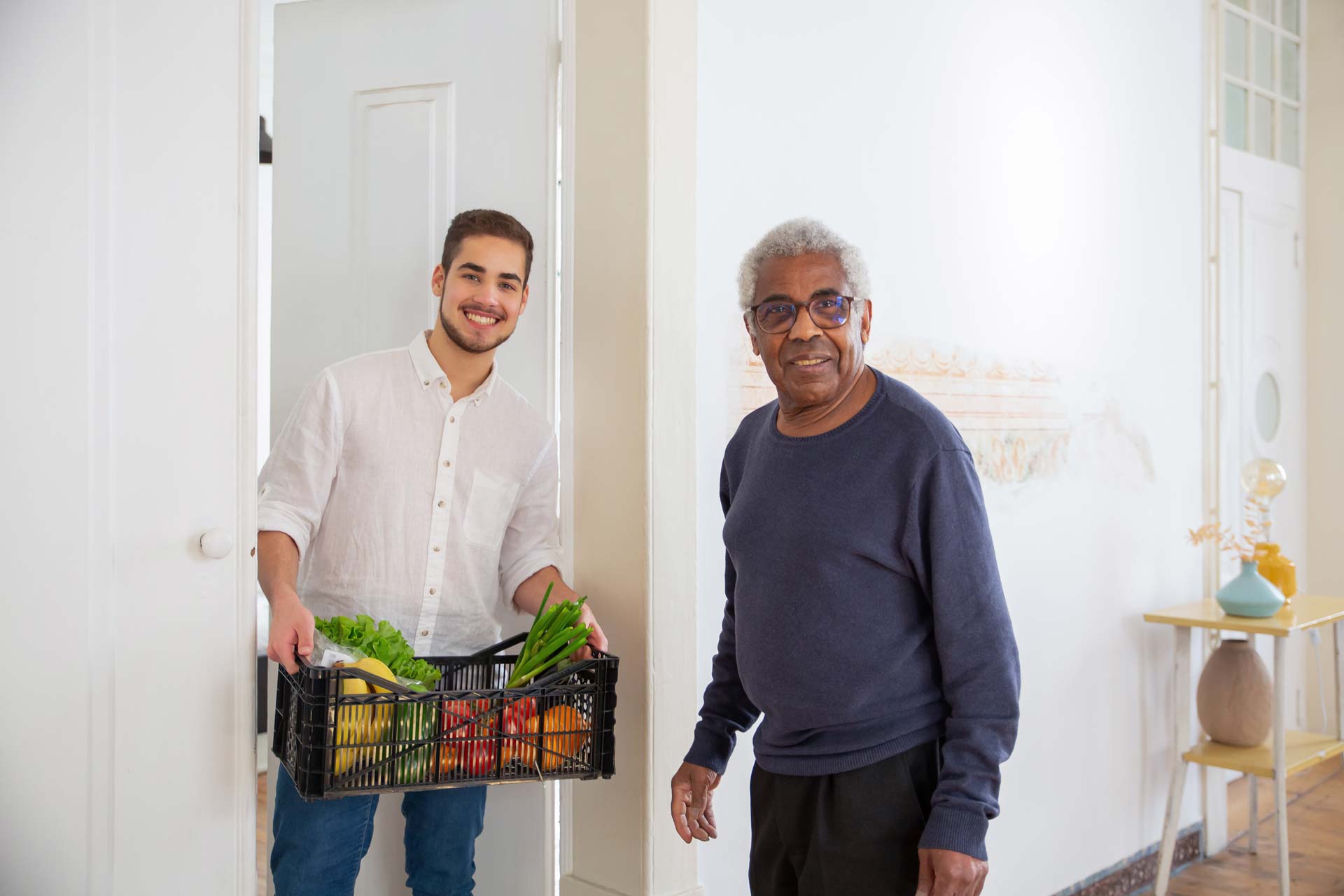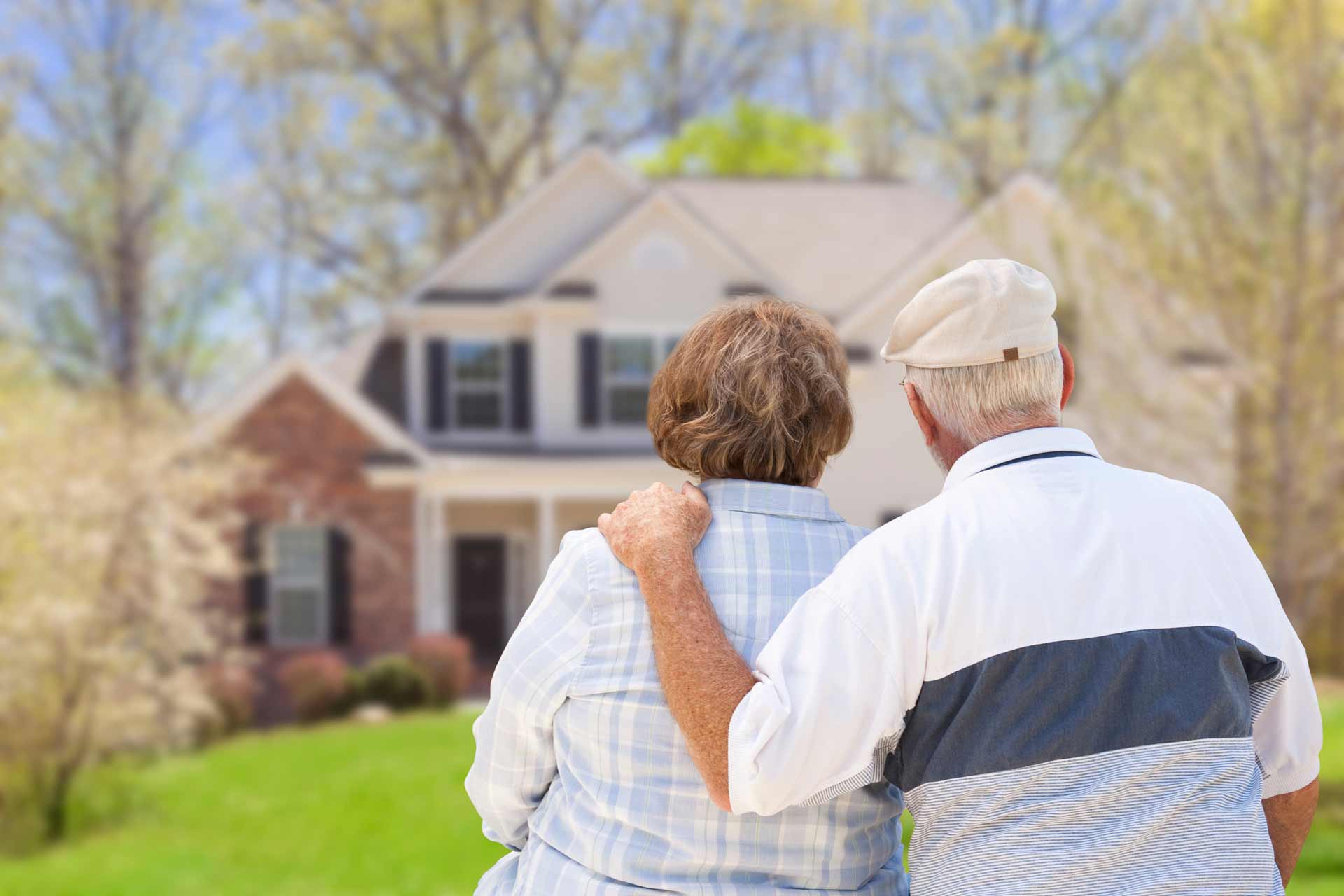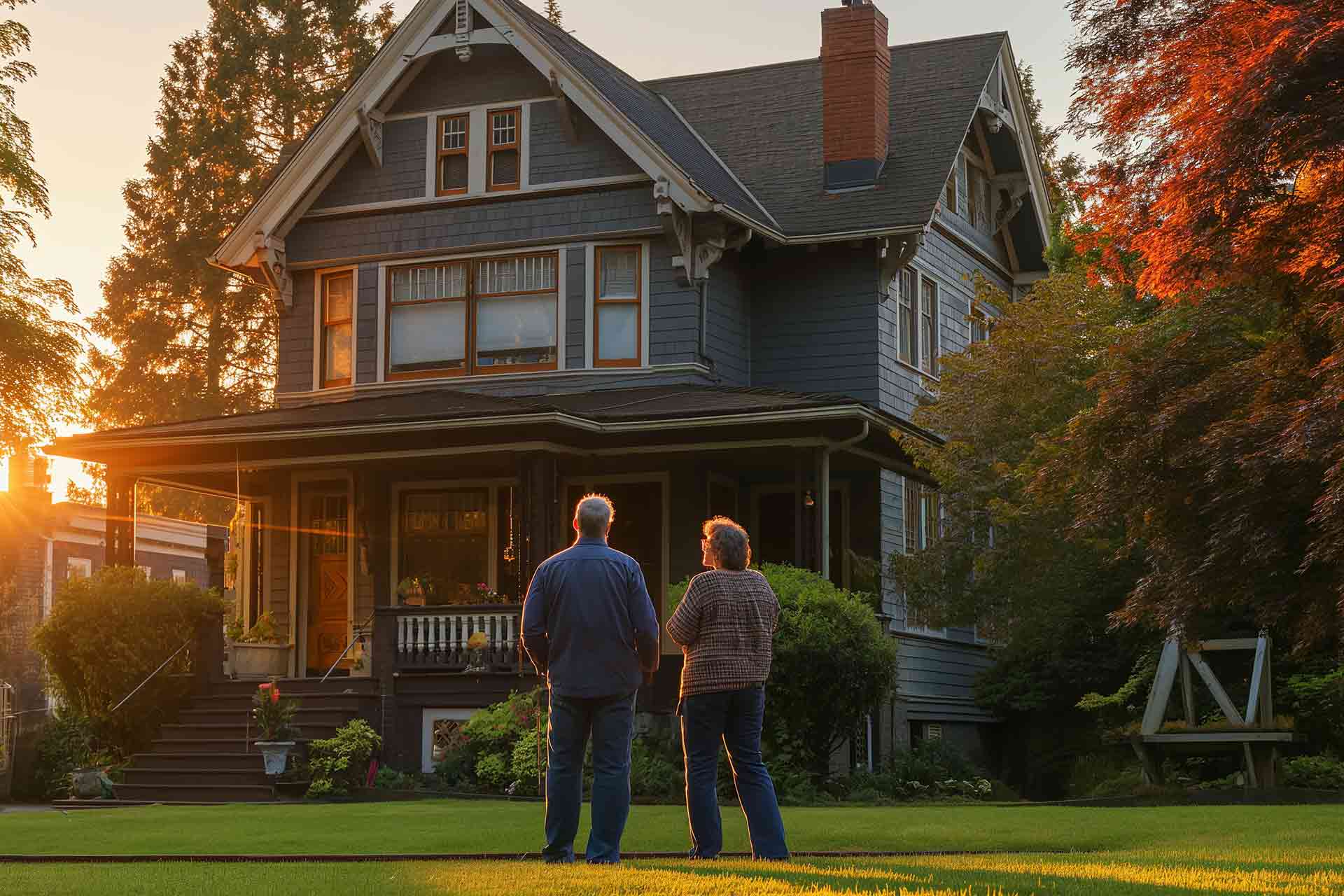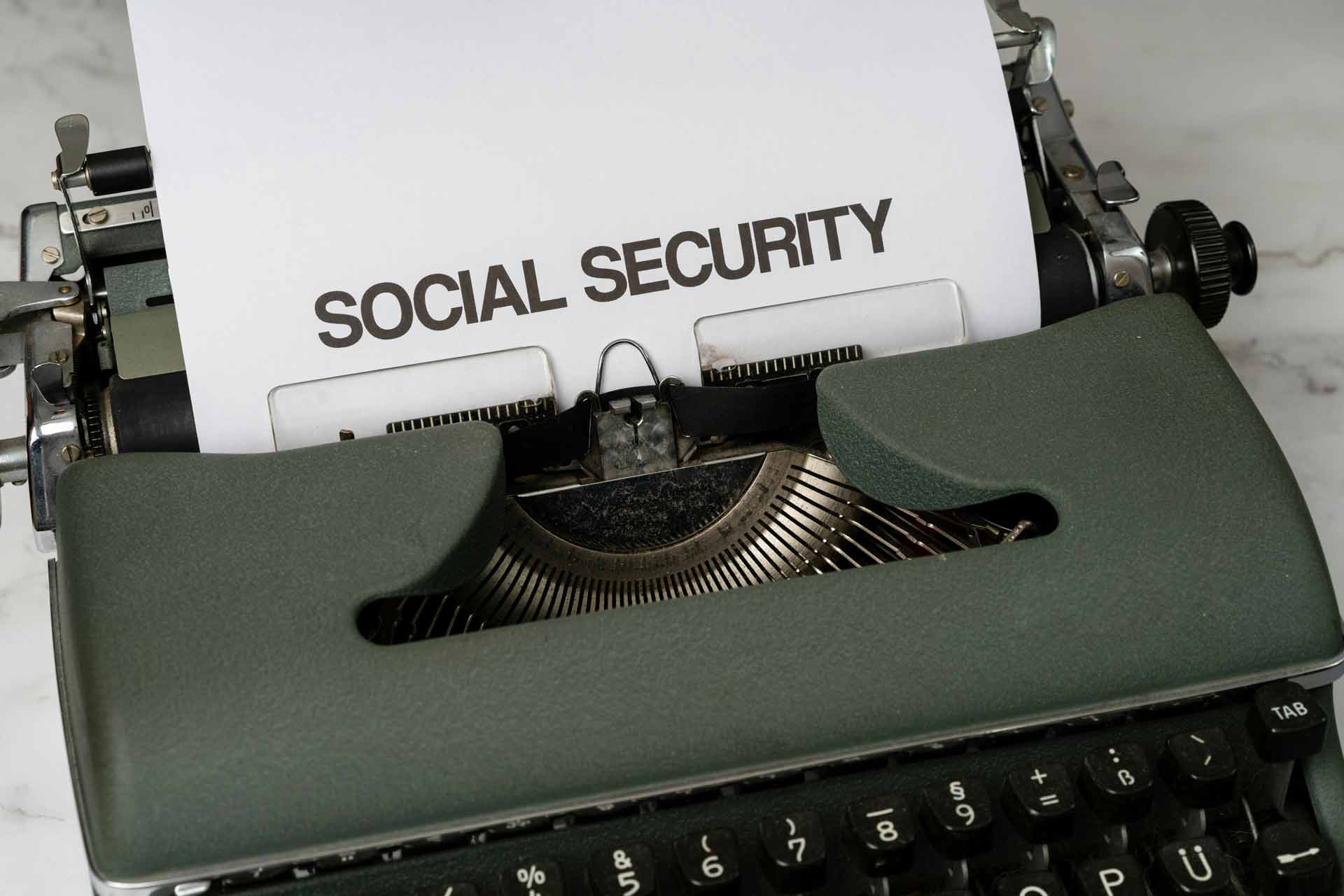Winter slips and falls can be prevented - and you can save money while you're at it!
Feb 15, 2025
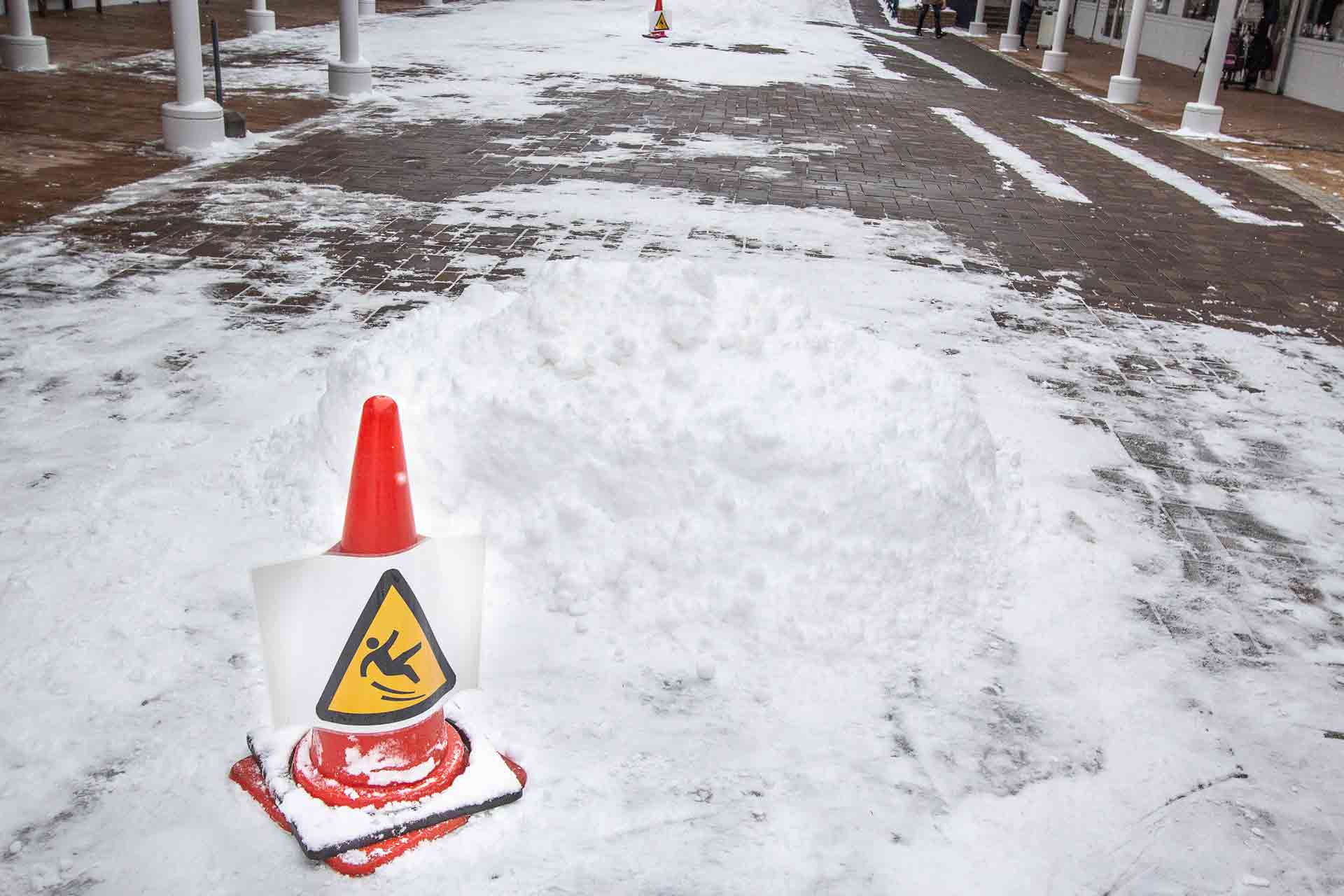
These common winter mishaps can have devastating consequences, including hip fractures, head trauma, and long-term mobility issues. Beyond the physical pain, the financial burden of medical bills, rehabilitation costs, and potential loss of independence can be significant.
This article explores the dangers of winter slips and falls and provides essential safety tips to help seniors stay safe and save money this season.
The Dangers of Winter Slips and Falls for Seniors
Seniors are more susceptible to slips and falls due to several factors, including:
- Decreased balance and coordination: Age-related changes in balance, muscle strength, and reflexes can increase the risk of slips and falls.
- Reduced bone density: Osteoporosis weakens bones, making them more prone to fractures.
- Sensory changes: Diminished vision and hearing can impair a senior's ability to perceive and react to potential hazards.
These factors, combined with the hazards of winter weather, create a significant risk. Icy sidewalks, snow-covered steps, and poor visibility increase the likelihood of slips and falls.
The consequences of a slip and fall can be severe:
- Hip fractures: A common and debilitating injury among older adults, often requiring surgery and prolonged rehabilitation.
- Head trauma: Slips and falls can cause concussions, brain bleeds, and other serious head injuries.
- Loss of independence: Injuries from falls can lead to reduced mobility, increased reliance on caregivers, and even a decline in overall health.
The financial impact of a slip and fall can be substantial. Medical bills for treatment, surgery, and rehabilitation can reach tens of thousands of dollars. Long-term care costs, such as in-home care or assisted living, can also significantly affect retirement savings.
For example, a single fall requiring surgery and rehabilitation can drain retirement savings or increase reliance on family members for financial support.
Essential Safety Tips To Prevent Winter Slips and Falls
Seniors can reduce the risk of winter slips and falls by taking proactive steps to improve home safety and adopt safe mobility practices.
Step 1: Prepare your home for winter safety
- Clear snow and ice: Regularly clear snow and ice from driveways, walkways, and steps. Use salt, sand, or de-icing products (use with caution as they can be harmful to pets and plants). Consider hiring a snow removal service or asking a neighbor for assistance. Many city governments also offer snow removal services for seniors.
- Improve home safety: Install railings or grab bars near entrances for additional stability. Place non-slip mats at entryways to prevent slipping on wet floors. Ensure adequate lighting inside and outside the home, especially in stairwells and hallways.
Step 2: Invest in proper winter footwear and gear
- Wear appropriate footwear: Wear boots with non-slip soles and good ankle support. Consider investing in boots with insulated linings to stay warm and comfortable in cold weather.
- Utilize traction devices: Use ice cleats or traction devices over shoes for added grip on icy surfaces. These inexpensive devices can improve stability on slipper walkways.
- Use walking aids: A sturdy cane with an ice-pick tip can provide extra support and stability on icy surfaces.
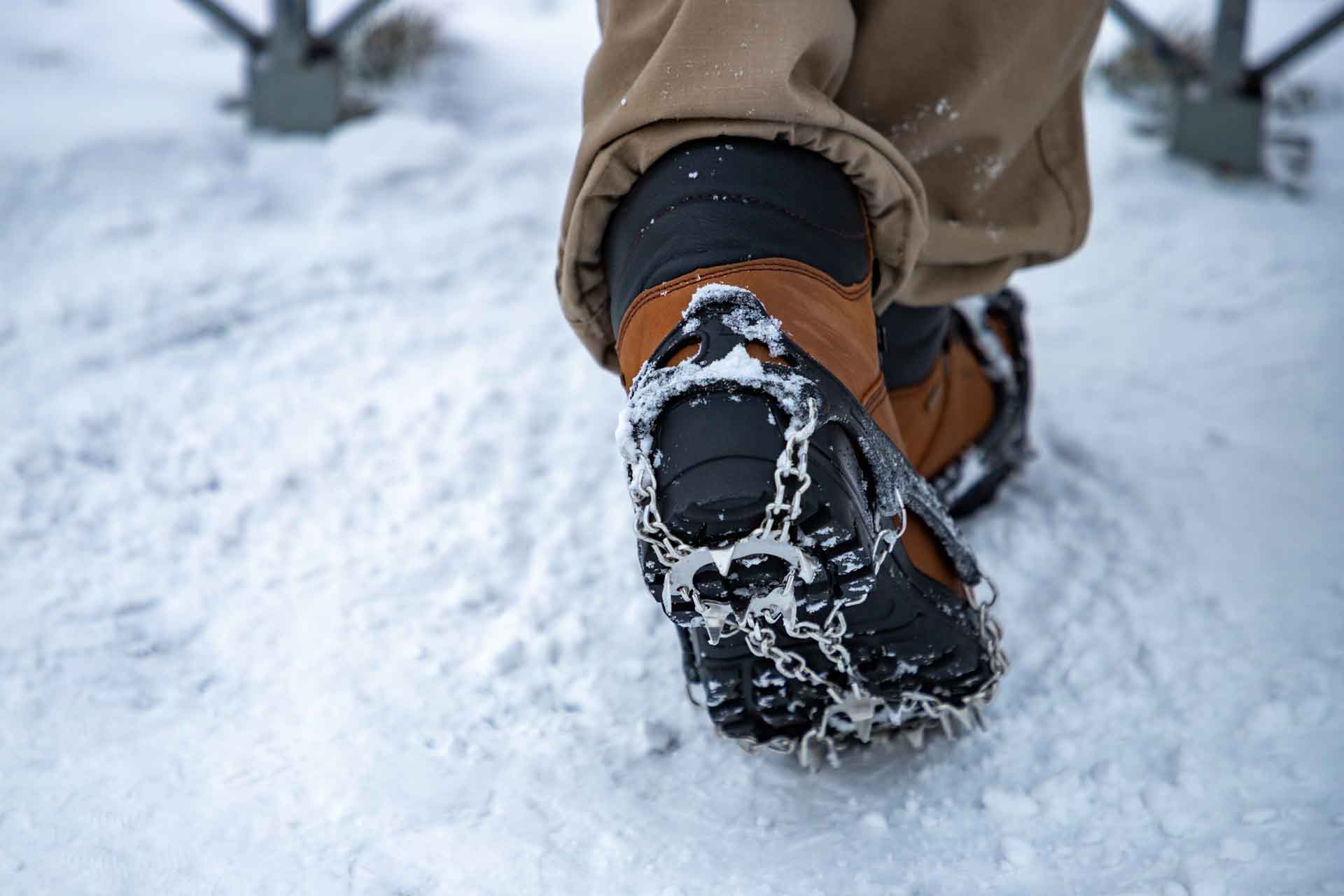
Step 3: Practice safe mobility outdoors
- Walk carefully: Walk slowly and cautiously, taking small steps to maintain balance. Use handrails or hold onto a companion for support when climbing stairs or stepping onto curbs.
- Avoid icy patches: Be mindful of icy patches on sidewalks, driveways, and roads. If possible, avoid walking on icy surfaces altogether.
- Limit outdoor activities during icy conditions: When unsure about the conditions, seniors can use grocery delivery services, rely on family members for errands, or limit outdoor activities during periods of heavy snow or ice.
Step 4: Stay active to improve balance and strength
- Regular exercise: Engage in regular exercise, such as tai chi, yoga, or strength training, to improve balance, flexibility, and strength. These activities can help prevent slips and falls by improving coordination and reducing the risk of them happening.
- Indoor activities: Utilize indoor exercise options, like chair exercises or online fitness videos, to stay active when outdoor conditions are unsafe.
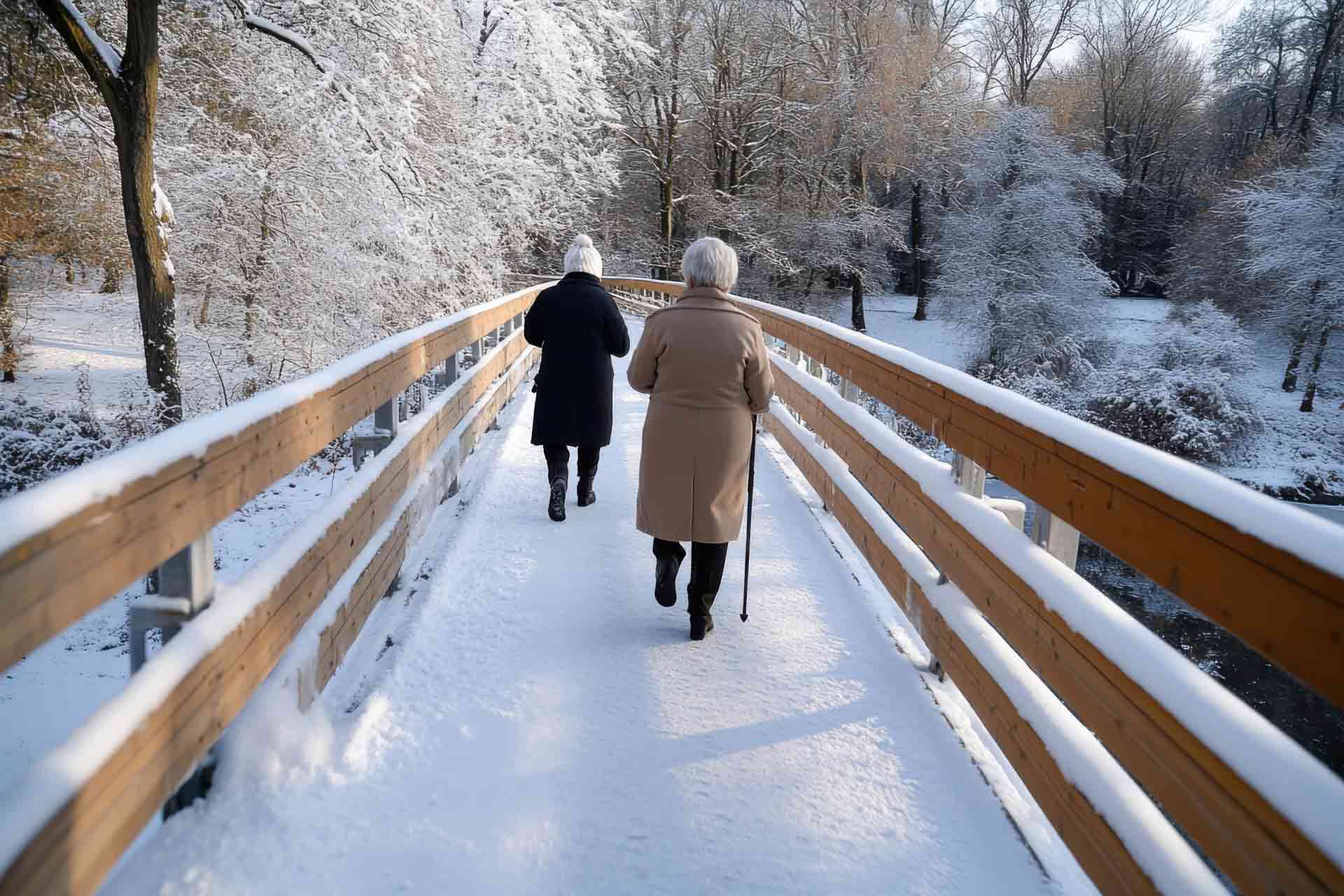
The Financial Benefits of Slip and Fall Prevention
Preventing slips and falls not only protects physical health but also offers financial benefits. These include the following:
- Reduced medical costs: Avoiding these mishaps helps prevent costly treatments, surgeries, and rehabilitation expenses associated with fall-related injuries.
- Cost-effective proactive measures: Investing in safety gear, like non-slip shoes and ice cleats, is significantly more cost-effective than recovering from an injury caused by a slip and fall. For example, $50 spent on a pair of quality boots is a fraction of the cost of a hospital visit for a broken bone.
- Maintaining independence: Preventing falls helps seniors maintain their independence and reduce the need for in-home care or assisted living services, which can be costly.
Stay Safe To Save Money This Winter
Winter presents challenges especially hard for seniors. However, by taking proactive steps to improve home safety, adopting safe mobility practices, and staying active, older adults can lessen the risk of slips and falls. These measures will not only protect your physical health but also safeguard your financial well-being.
Don't let winter weather take a toll on your health or finances. Start implementing these safety tips today to stay steady, independent, and protected this season.


